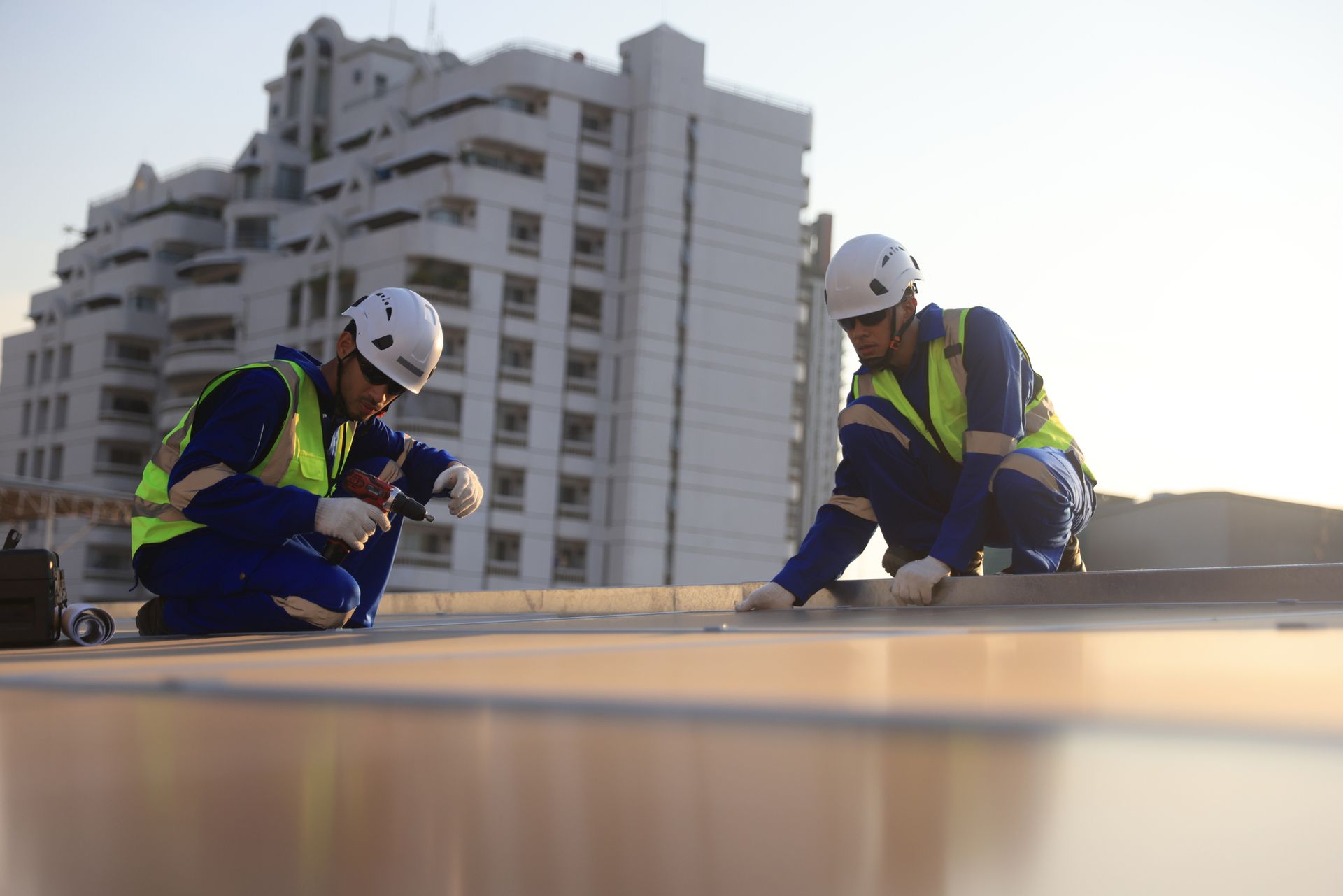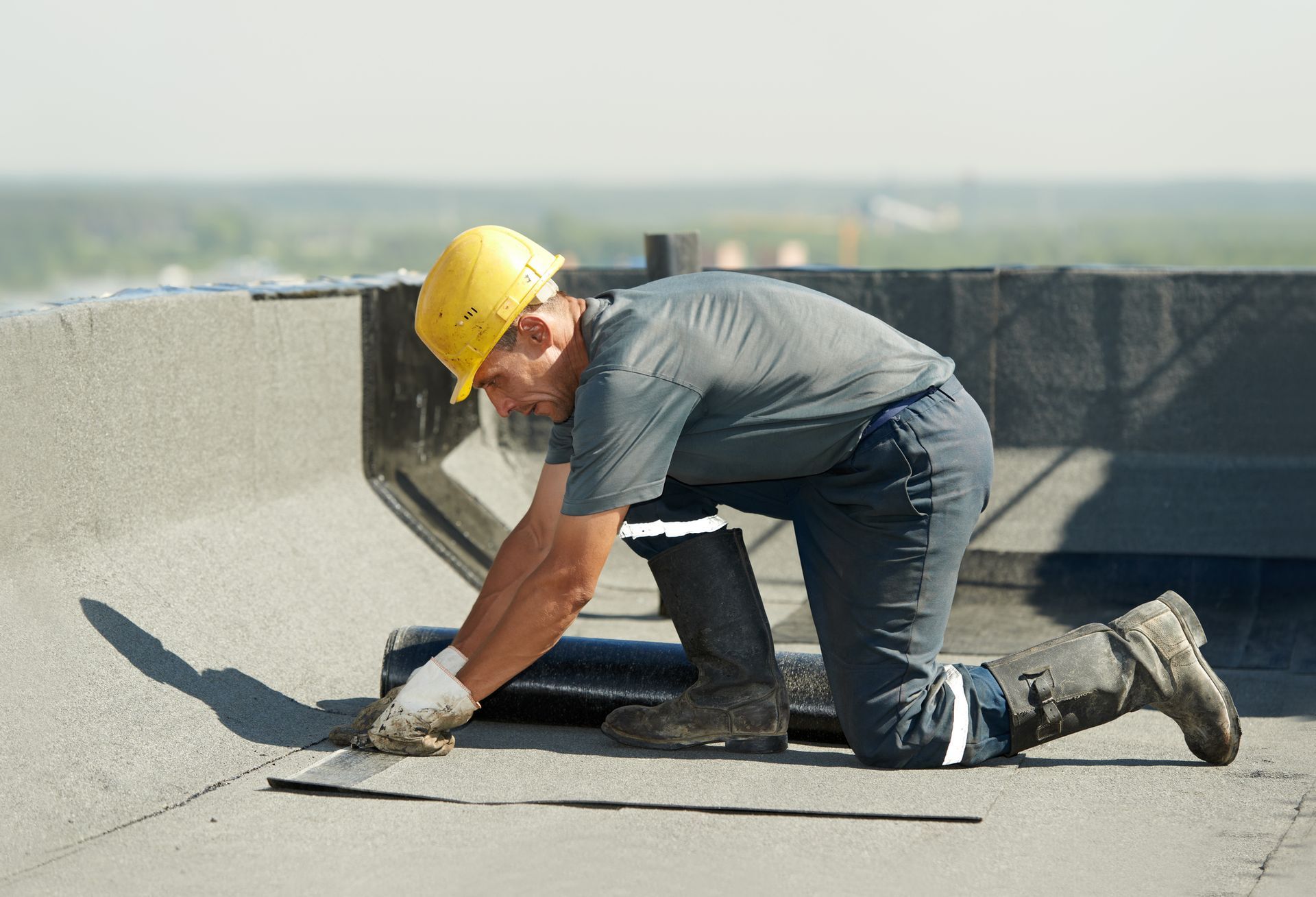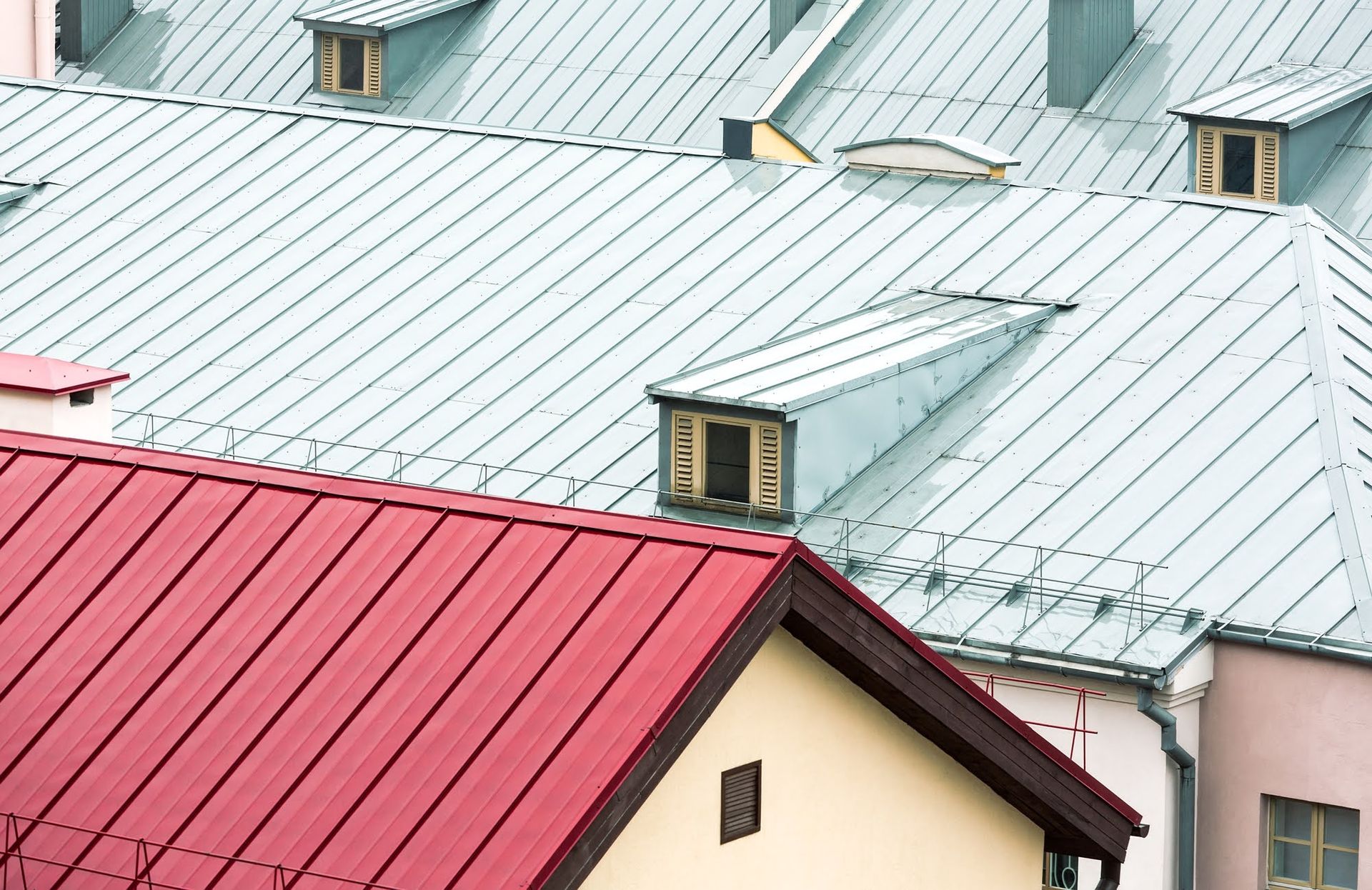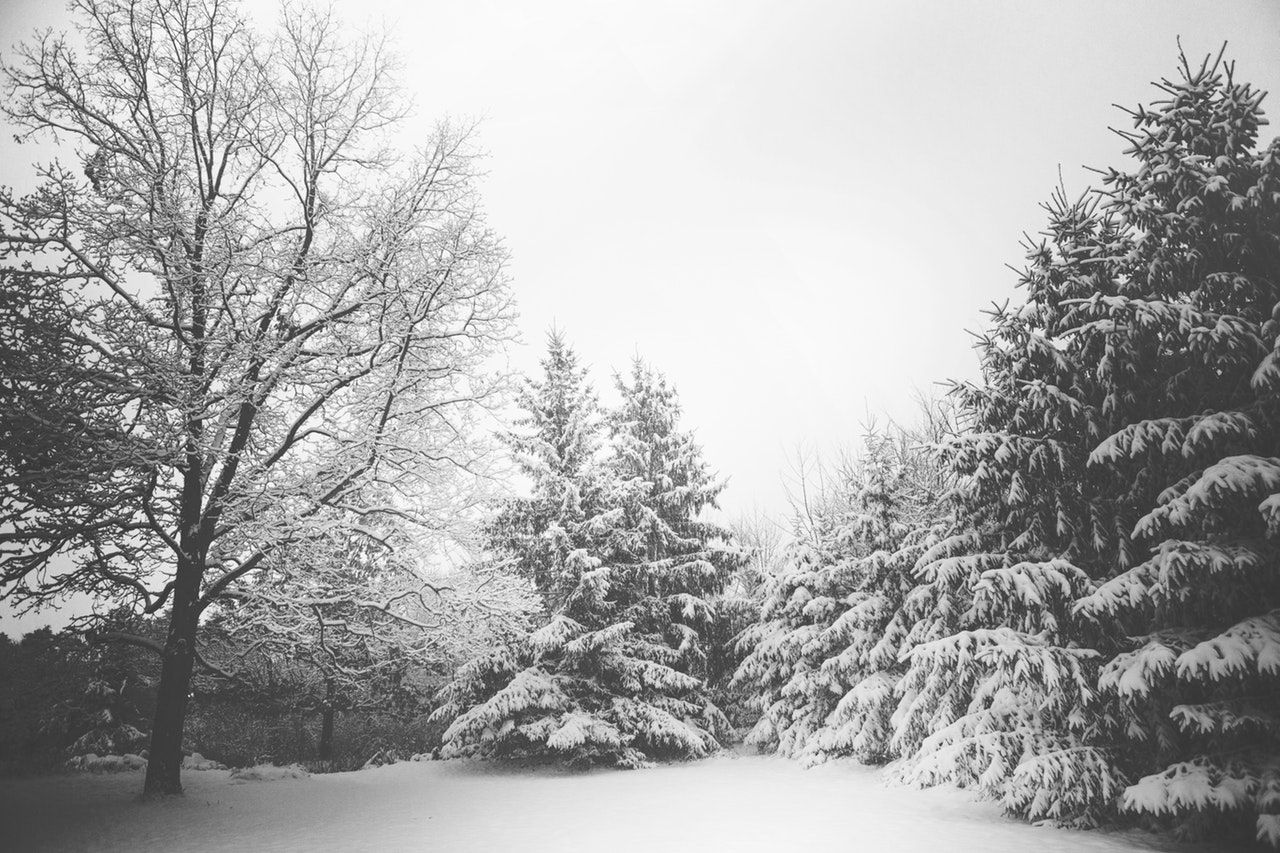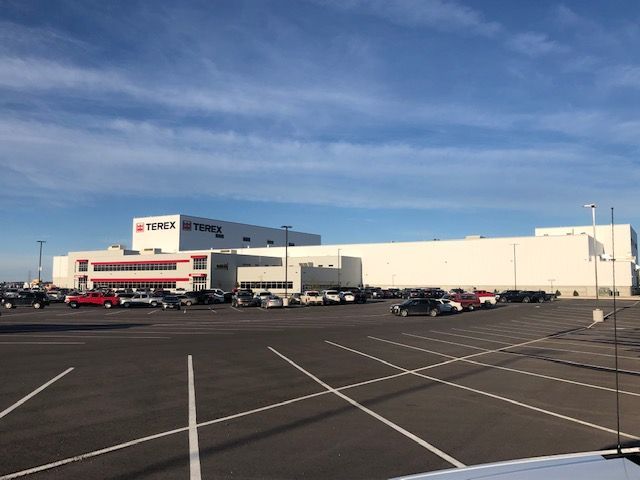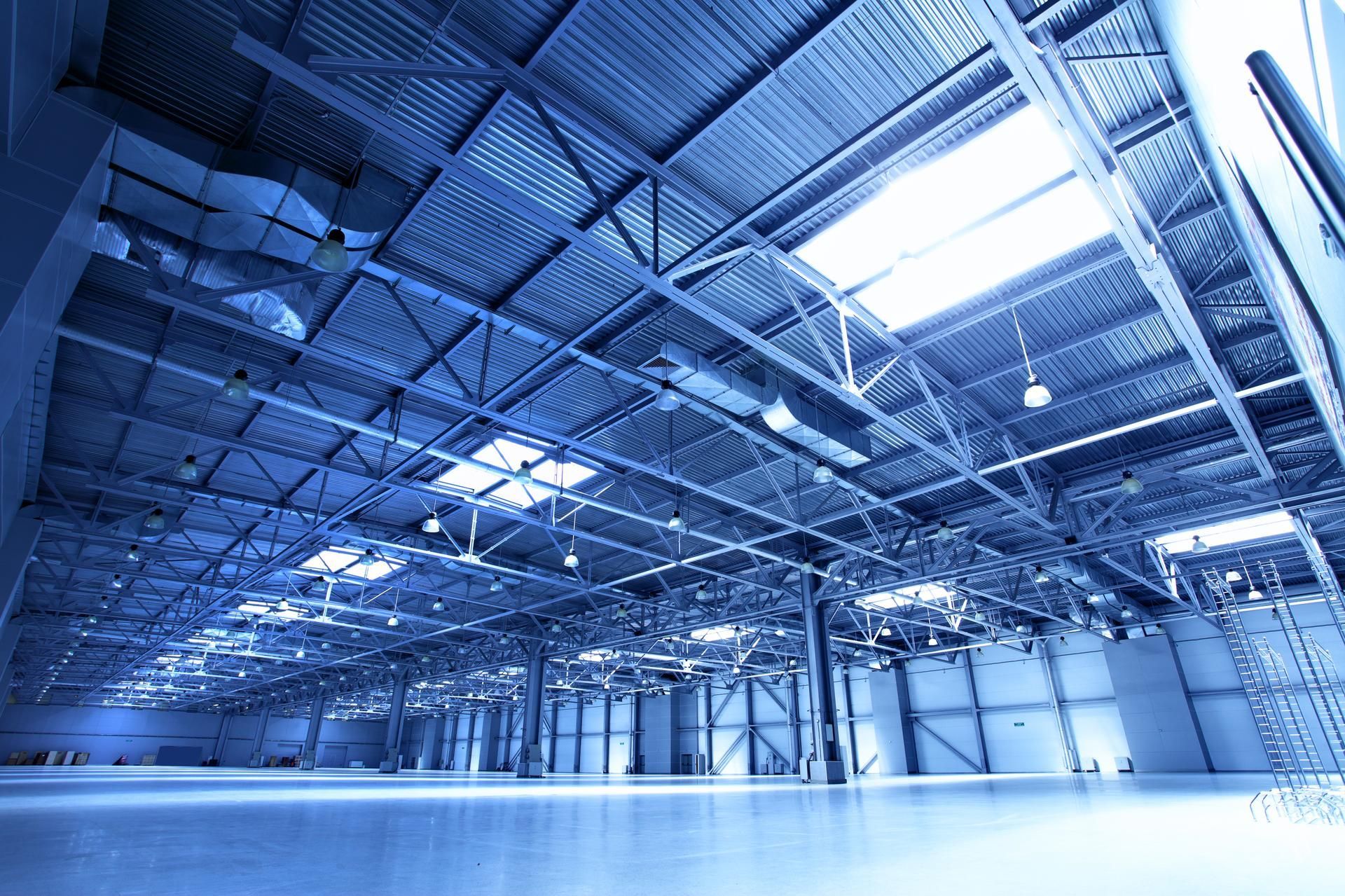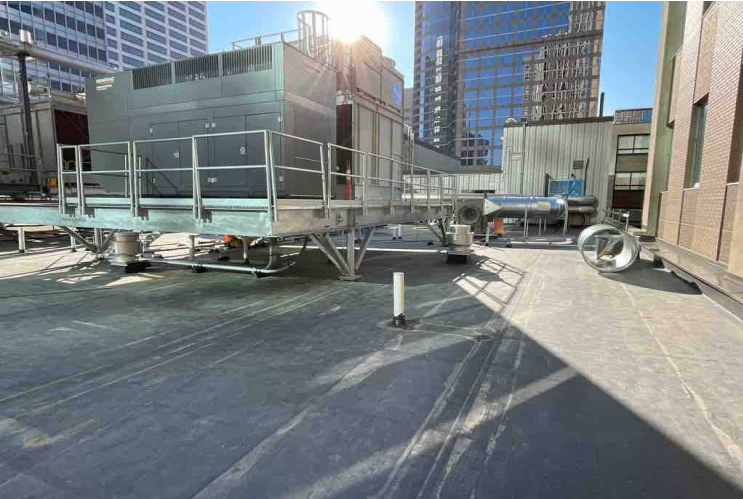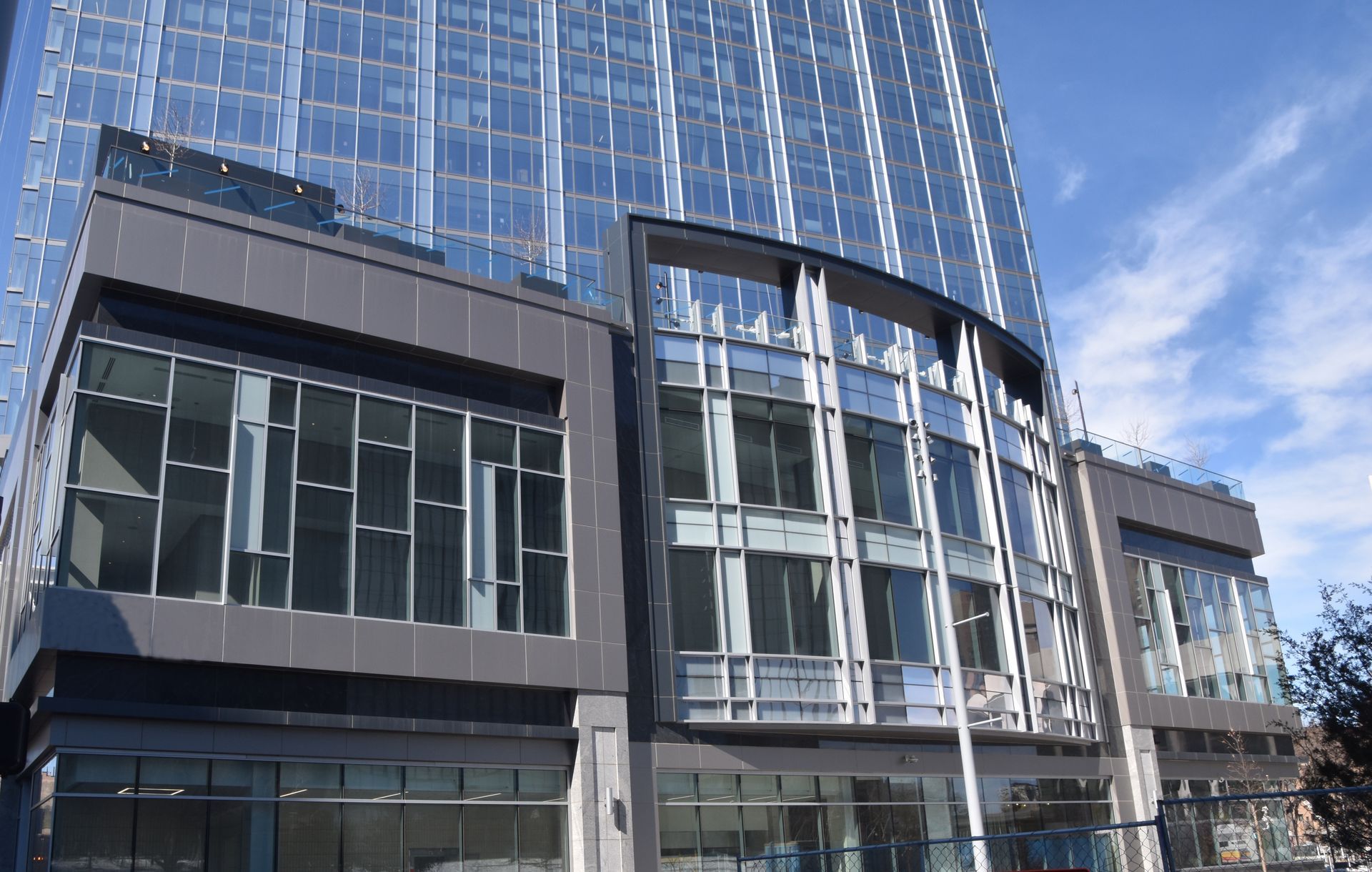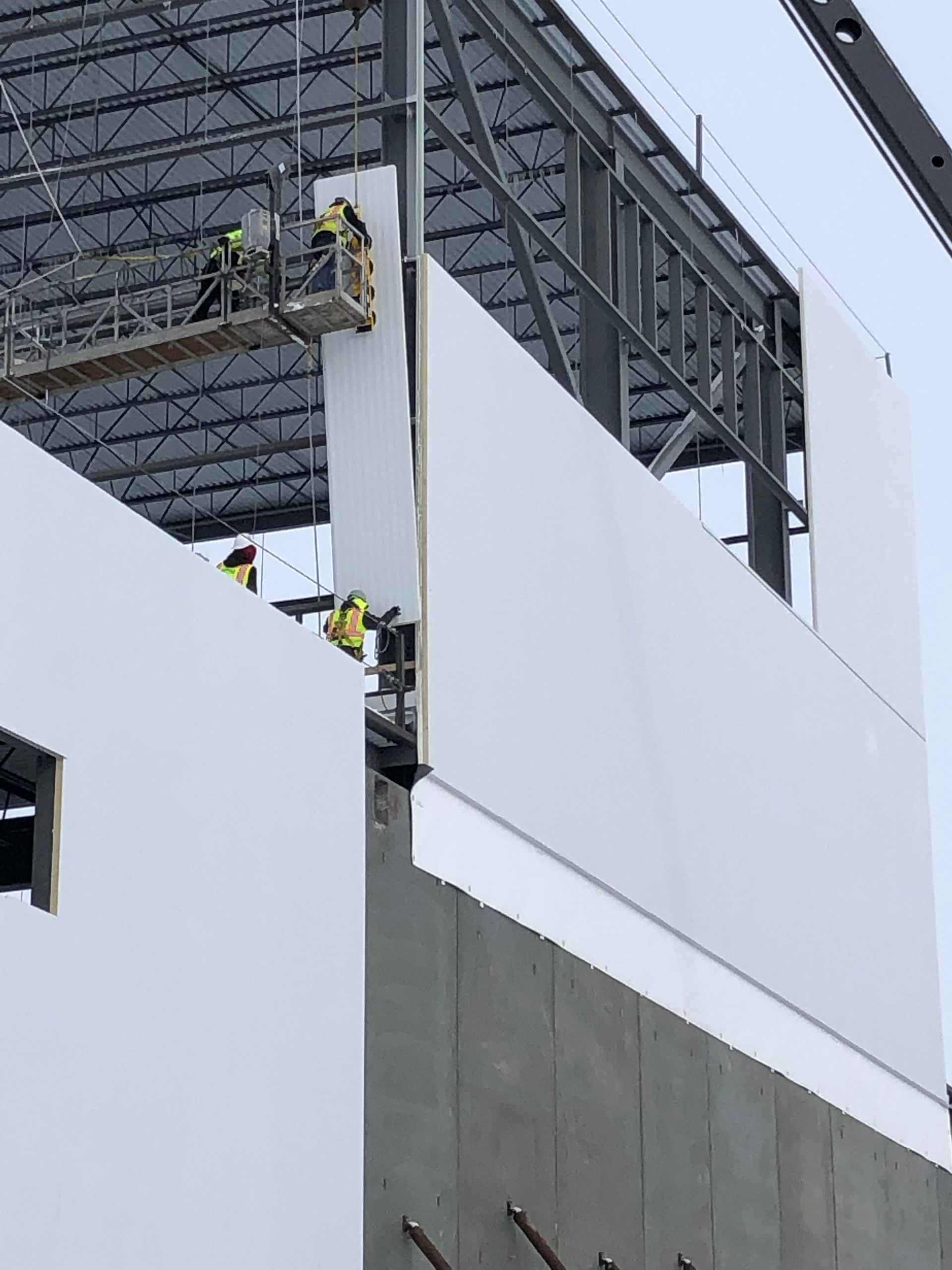5 Facts to Know About Snow Loads on Commercial Roofs
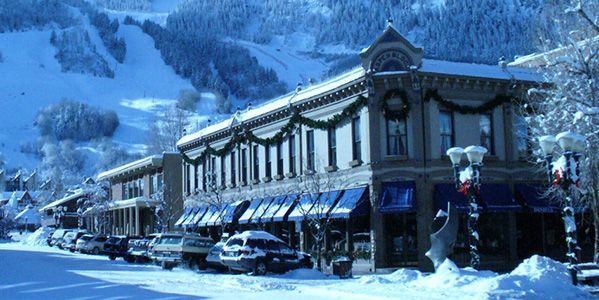
With winter at the doorstep, commercial property owners must be vigilant to avoid roof collapses due to snow loads. Here are five things to know about commercial roofs and snow loads.
- The Weight of Snow and Ice
Minnesotans can expect between 31 and 86 inches of annual snowfall depending on their location in the state. However, not all snow weighs the same amount.
Powdery snow weighs less than packed wet snow. Ice is heavier than both powdery and wet snow. Most buildings will be covered in all three types of frozen precipitation at random times during the average winter in Minnesota.
The weight of 10 to 12 inches of freshly fallen snow or 3 to 5 inches of packed snow equals the weight of one inch of water. And 1 inch of water exerts 5 pounds of pressure per square foot on your building’s roof according to the Insurance Institute for Business & Home Safety.
One inch of ice is equal in weight to a foot of fresh snow, or five pounds per square foot. One foot of ice weighs around 57 pounds per square foot.
As snow melts and refreezes, a layer of ice may sit under a foot of fresh snow to make the snow load weigh around 10 pounds per square foot. Loads increase on roofs as fresh snow becomes packed and new snow falls. Your roof may be supporting 60 pounds per square foot of roof when snow and ice accumulate on the surface.
- The Tolerances of Various Roofing Types
The shape of your commercial roof can increase or decrease snow buildup on your building. Low-sloped roofs will hold on to snow more readily than steeply pitched roofs. According to the Federal Emergency Management Agency (FEMA), a roof with a pitch steeper than 6:12 or 7:12 will allow snow to slide, although shallower roofs will often allow snow to slip off under certain conditions.
Tactile roofing materials including asphalt shingles and aggregate finishes are less likely to shed snow than more slippery roofing materials. Single-ply membranes and metal roofing panels, on the other hand, are more likely to shed accumulated snow.
The shape of your commercial roof also plays a part in snow accumulation. Saw-toothed and stepped roofs allow deep snow drifts to form under windy conditions. Long-span roofs are prone to collapse more readily than short-span roofs.
Wood-framed and timber-framed roofs are the most susceptible to snow-related collapse. Older pre-engineered metal roofs are also at risk of collapse if they were constructed prior to the establishment of snow-load-related building codes.
Properly braced steel, cold-formed steel, and concrete roof framing are less susceptible to caving in under heavy snow loads. When additional materials are installed over an old roof, all framing-material tolerances are reduced because of the increased weight of roofing cover.
- The Importance of Continued Inspections
Have your commercial roof inspected by a qualified roofing professional before snowfall occurs. The roofing pro should look out for damage, deterioration, modifications, and other weaknesses that are signs of potential snow-load trouble.
Low points and structural features including dormers must be thoroughly evaluated for integrity. Protrusions, low points, and areas next to sawtooth risers will tend to collect more snow. The construction in these areas must be intact and strong enough to withstand the pressures of additional drifted and packed snow.
Have the following areas of your commercial building inspected prior to the year’s first snowfall:
- Gutters and downspouts
- Exhaust-vent openings
- Rooftop flashing
- Ridge and soffit vents
- Cold-eave heaters
- Attic (check for dryness and insulation)
Your roofing pro will look for cracks, gaps, missing seals, corrosion, and penetration of roof surfaces when inspecting your commercial structure. They’ll also examine trusses to check for upright position and proper metal connections. Lastly, they’ll inspect bracing to ensure the trusses or spans are intact and unstressed.
- The Signs of a Dangerous Commercial Roof
A metal, wooden, or steel structure will often show signs that the roof has lost its integrity. Weakened and damaged roofs are more likely to collapse under heavy snow loads.
Signs of a failing roof include:
- Sagging or falling ceiling tiles and boards
- Sagging sprinklers and sprinkler heads
- Hard-to-open doors and windows
- Masonry and sheetrock cracks
- Bowing trusses or braces
- Roof leaks
- Pooled water on flat roofs
Hire an experienced roofer to correct problems with your roof. Professional roofers have access to the materials and tools necessary to securely brace or replace structural members of your roof. They understand how to safely replace the damaged components without putting your entire building at risk.
- The Importance of Safe Snow Removal
When you estimate that the snow load on your building is approaching 20 to 25 pounds per square foot, you’re in the danger zone for roof collapse. At that weight, snow should be removed from the structure whenever possible.
Develop a snow removal plan for such occasions. If you don’t have properly trained staff to perform snow removal, hire experts. Consult a structural engineer and roofing contractor to review your snow removal plans before the work is done. Improper snow removal can damage an already stressed roof structure.
Have your roof inspected and repaired for winter in Minneapolis by contacting Berwald Roofing & Sheet Metal today. We repair, replace, and install all types of commercial roofs throughout the state of Minnesota.
The post 5 Facts to Know About Snow Loads on Commercial Roofs appeared first on Berwald Roofing Inc.


